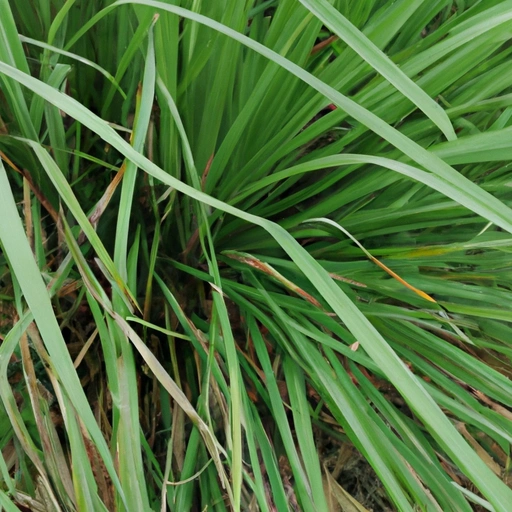Lemongrass
Description

Lemongrass is a tropical plant that is widely used in cooking and herbal medicine. Known for its lemony scent and citrus flavor, it is a common ingredient in many Asian cuisines. Its tall, stalky appearance resembles that of scallions, with a pale green color that fades into a deeper green at the tips. When cooking with lemongrass, the fibrous outer layers are typically removed, and the tender heart is used either whole, crushed, or finely chopped.
Common uses
Typically used in teas, soups, curries, and marinades, lemongrass adds a fresh, lemony aroma and a zesty flavor to dishes. It is also used in the cosmetic industry for its scent, and medicinally for its purported health benefits.
Nutritional value
Calories
In culinary amounts, lemongrass is not a significant source of calories, making it a low-calorie flavor enhancer for dishes.
Protein
Lemongrass contains trace amounts of protein, contributing only minimally to daily protein requirements.
Fat
This herb contains negligible fat, making it a healthy addition to any diet.
Carbohydrates
Most of the carbohydrates in lemongrass come from fiber, which can aid in digestion.
Vitamins
Lemongrass provides small amounts of vitamins such as vitamin C and B vitamins.
Minerals
Lemongrass is a source of essential minerals like potassium, zinc, and magnesium, albeit in low concentration.
Health benefits
Often touted for its potential health benefits, lemongrass is said to have anti-inflammatory and antioxidant properties. It may also aid in digestion, promote relaxation, and help reduce blood pressure and cholesterol levels.
Potential risks
While generally safe for consumption in food quantities, lemongrass can cause allergic reactions in sensitive individuals. It should be used with caution in medicinal amounts during pregnancy and lactation.
Common recipes
Lemongrass is a key ingredient in many Southeast Asian dishes such as Thai curry, Vietnamese pho, and Indonesian soto ayam.
Cooking methods
It can be used fresh, dried, or powdered and is often found in teas, broths, and stir-fries. The lower stalk is the most flavorful part and can be sliced, pounded, or bruised to release its aromatic oils.
Pairing with other ingredients
Lemongrass pairs well with coconut milk, garlic, ginger, chili, cilantro, seafood, chicken, and beef, making it highly versatile in savory and sweet applications.
Summary
Lemongrass is a fragrant herb that has been embraced globally for its distinctive lemony flavor and potential health benefits. Its versatility in the kitchen allows it to be a part of various traditional and modern recipes, contributing to the culinary tapestry of cultures worldwide.